New Jaguar XF 2.0 diesel review, test drive
Driving through the roads of Spain in the second-generation XF tells us how well Jaguar has evolved since the first-generation model.
Updated on Aug 21, 2015 01:36:40 PM
31,723 Views
Follow us on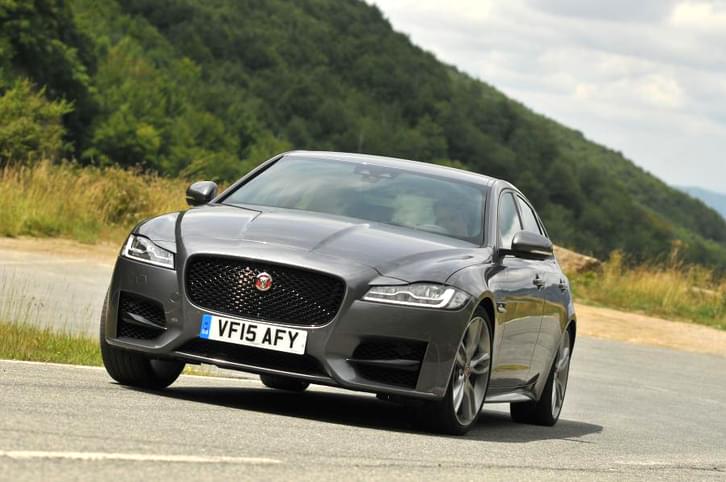
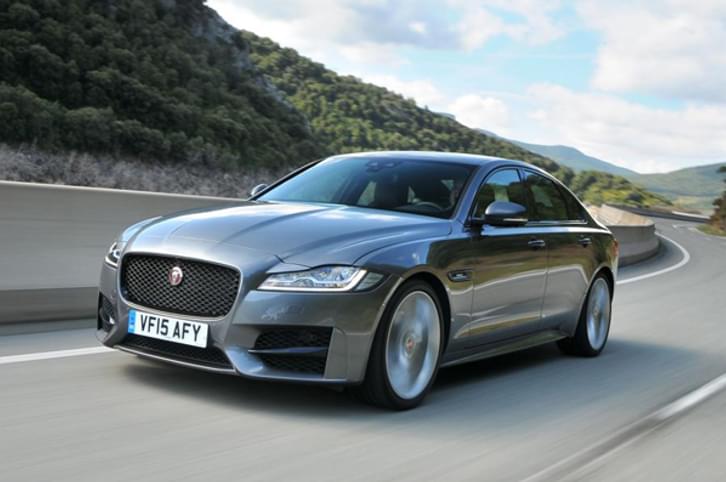
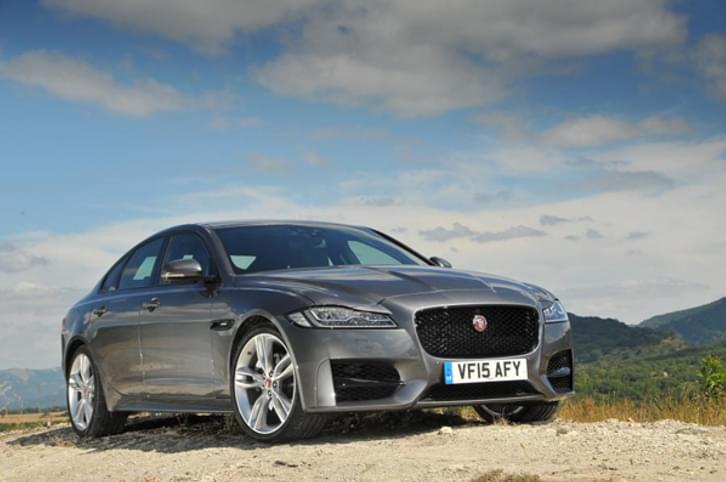
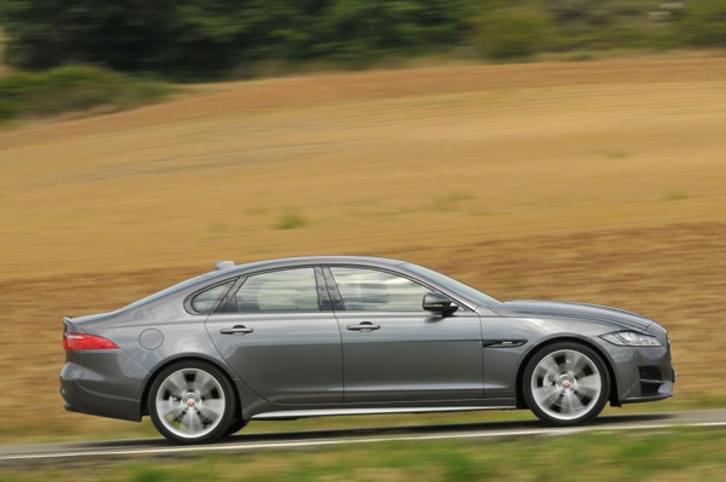
What is it?
In 2007, just as its ownership was being dangled in the wind by Ford, Jaguar announced its new step towards the right direction. In the form of the XF, the company paved a way with its raked ambition and forward thinking. The car was the starting point for a planned dynasty, which, with Tata’s help, is now being actualised.
| Jaguar XF Price, Mileage, Specifications, Features and Variants | |
|---|---|
| Brand | Jaguar |
| Model Name | XF |
| Jaguar XF Price | ₹ 58.88 - 72.59 lakh |
| Jaguar XF Range/Mileage | NA |
| Jaguar XF Specifications | Sedan | 4 doors | 5 seats View All Specs |
| Jaguar XF Features | LED headlight | 10.2-inch Touchscreen display | 6 airbags View All Features |
| Jaguar XF Variants | 2.0 Diesel Pure | 2.0 Petrol Prestige | 2.0 Diesel Prestige View All Variants |
A new XJ, F-Type and, most recently, the XE, have all followed, and the F-Pace SUV is just round the corner. But in this time, Jaguar has been able to completely overhaul its pioneer. Our sister magazine, Autocar UK wasted no time in getting to know this second-generation model. The new XF is purposely familiar, but entirely different. Although you might need some help spotting it, the latest model is larger, partly to distinguish it from the XE, but mainly to allow it to compete with the space offered by its rivals.
The chief gain here is on the wheelbase, where 51mm has been added to the betterment of those in the back. Despite this, and the noticeably longer rear deck, the design shrinks the model by 7mm, owing to a front overhang that has retreated towards the front axle by 66mm.
The result flirts with visual imbalance, and the more horizontal waistline doesn't help much. Jaguar has made efforts to ensure that the XF’s nose has become ever more honed and closer to the ground — the bonnet line descending by 35mm and the roofline by 3mm.
This new model is significantly lighter, too. The old platform, a mostly steel affair from Ford, has now been replaced by the latest version of the mostly aluminium modular architecture that also underpins the XE.
Jaguar claims a 190kg reduction in mass. Around 24kg of this drop in weight can be attributed to the XF’s new globally engine line-up, now featuring the latest four-cylinder Ingenium units. In diesel form, it’s available in either 161bhp engine mated to a six-speed manual or a 177bhp guise.
There will also be six-cylinder diesel and petrol engines, developing 296bhp and 375bhp respectively. But both will be overshadowed in volume by the more powerful Ingenium motor, which mated to the eight-speed ZF automatic gearbox, is the one tested here in the mid-spec R-Sport trim.
What's it like?
The original XF’s interior was intentionally showy to distance itself from the past, but the latest car takes it down a notch in a few ways. The multiple cartwheeling air vents, for example, have been reduced in number and thrown to the peripheries, while the dashboard design, save for the kind of crease that BMW favours, has been simplified.
This isn't a bad thing. The XF feels business-like. The quality of the trim materials has improved, as has the finish, while the relationship with the XE is obvious enough. Its centre console is wide; the new 10.2-inch infotainment screen fits in here nicely, as do the separate HVAC controls. You can even add in a new 12.3-inch TFT instrument cluster (although that didn’t feature on the test car).
In the back, unsurprisingly, it has just gotten better. The new car's updated size has translated into some concrete gains: 15mm more legroom, 24mm more knee room and 27mm more head room. The manufacturer claims a 3mm superiority over a BMW 5- series in legroom, but for now it’s enough to say that it can fit a taller adult comfortably.
There are a few drawbacks here. The seat memory buttons fall to hand easier than the window controls, the drive mode switches are too small and the steering wheel buttons still feel like those on an old Nintendo controller — but these are minor quibbles. However, the larger gripe is the regular reminder that the new Ingenium engine hardly produces the sweetest or subtlest soundtrack. To begin with, you’re going to notice it more often than you don’t.
As in the XE or Discovery Sport, this generally isn’t a problem at low revs, but is revealed all too easily under acceleration. Despite extra efforts made to improve the XF’s sound-deadening, the high voice isn’t easily isolated. It’s also not the most free-revving diesel unit in the world. The 43.8kgm made from 1,750rpm gives the XF long legs, and the gearbox’s many ratios keeps the flexibility high. The dynamic qualities that marked out the XE as special are successfully replicated here, albeit fine-tuned to fill out a larger model with the 5-series’ performance in mind.
At high speeds, the XF behaves well. On optional 20-inch wheels and the passive ‘sports’ version of Jaguar’s double wishbone and rear integral link suspension, the XF delivers a comfort, stability and composure so crisp that it threatens to plough through the glass ceiling that separates mid-size execs from limo-sized luxury.
The XF is unwilling to give up even one micrometer more than it needs to in either wheel or body control, yet it steadily plots a mid-way balance between pliancy and poise. The steering, too, is made to measure. Where the original XF was supple but a mite overly sensitive at pace, its replacement is linear. The result is that rare thing: a four-door, five-seat car that doesn’t just make an empty motorway bearable, but uniquely enjoyable as well.
The chassis tuning is of the highest order. The benefit of a lower kerb weight — and the distribution of that lower mass at close to 50/50 front to rear — is also readily apparent. And while the occasional Spanish switchback hinted that the XF hasn’t emerged completely unscathed from a lengthening of its wheelbase, for the most part the handling resists the implication that it may have become a trifle more staid. Naturally, its finer moments are encountered on fast A-roads, where the fluency of the chassis feeds into an intuitive reading of the road and the impartial front-to-back balance encourages commitment.
Given the plentiful grip and nature of it all, taking it too far is an entirely conscious decision — reciprocated by the kind of progressive, easily catchable involvement you expect from a rear-drive Jaguar.
Should I buy one?
If the thought of a fairly big Jag has ever popped up in your head before, but has been drowned out by the sense made by the alternatives — then, yes. The XF’s wider appeal is merely a case of the manufacturer doing its homework properly and then following through. This second-generation car is better made, more spacious, more efficient and better appointed because it needed to be given the standard of its major rivals.
On the second level, the one about which we typically get excited, Jaguar has done what it does best by making a car that not only performs assuredly well but also does so in a way that leaves its driver in no doubt that their continuous engagement was an explicit part of the development process from day one. This second-generation XF sure does tick the other boxes required of a mid-sized exec.
Nic Cackett (Autocar UK)
Copyright (c) Autocar UK. All rights reserved.

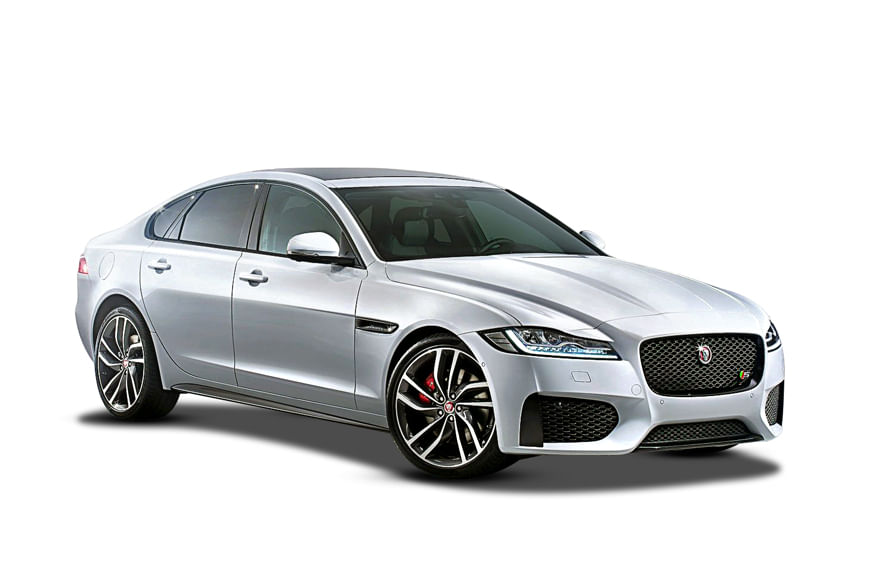

Comments
Member Login
Personal Details
No comments yet. Be the first to comment.